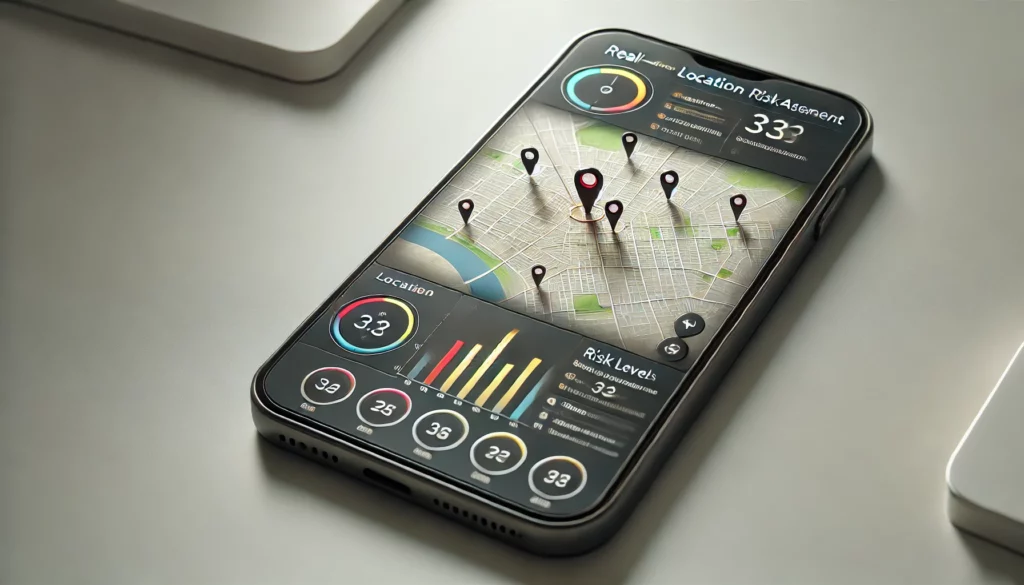Leveraging Mobile Technology for Real-Time Risk Management in 2024
Introduction
As we navigate the uncertainties of 2024, the integration of mobile technology into risk management practices has become increasingly vital. Organizations are realizing the need for real-time data access and efficient communication channels to respond promptly to emerging threats. Mobile solutions are not just tools; they are enablers of agility in risk management, offering a way to connect teams and streamline strategic responses.
The Growing Dependence on Threat Intelligence
- Dynamic Risk Environments: Today’s organizations face an array of risks, from cyber threats to natural disasters. The ability to maintain situational awareness is crucial. Mobile technology allows risk managers to receive real-time threat intelligence and adapt strategies on the go.
- Data-Driven Decisions: With mobile applications, businesses can leverage analytics to make informed decisions swiftly. Mobile access to dashboards and alerts empowers teams to act based on the latest insights, thereby reducing delays in decision-making.

Mobile-Friendly Risk Management Platforms
- Accessibility Anywhere, Anytime: The rise of mobile apps specific to risk management enables stakeholders to access critical data regardless of their location. This convenience enhances operational resilience and supports prompt action in crises.
- Enhanced Functionality: Modern mobile platforms integrate advanced features such as GPS, camera functionality for field assessments, and seamless information sharing, providing comprehensive tools to manage risks more effectively than ever before.

Creating a Culture of Mobile Technology Adoption
- Leadership Support: For mobile technology to be truly effective, organizational leaders must advocate for its use. This involves investing in training and resources to ensure all staff are equipped to navigate mobile platforms confidently.
- Employee Engagement: Cultivating a culture that embraces mobile technology can drive engagement and innovation. Organizations can encourage feedback and user-driven improvements to mobile tools, ensuring that they meet the real-world needs of employees.
The Importance of a Cohesive Risk Management Culture
- Interdepartmental Collaboration: A unified approach to risk management necessitates collaboration across various organizational levels. Mobile solutions facilitate this by allowing teams to communicate effectively and share vital information seamlessly.
- Continuous Improvement: By fostering a risk-aware culture, organizations can leverage mobile tools to review and refine their risk management strategies continually. Regular updates and adjustments based on real-time data ensure that companies stay ahead of potential threats.

Conclusion
The integration of mobile technology in risk management offers organizations a pathway to greater resilience and agility in 2024. By harnessing real-time data, creating a culture of adoption, and promoting interdepartmental collaboration, businesses can significantly enhance their risk management capabilities.
- Summary of Report: The transition to mobile technology is revolutionizing how organizations approach risk management, delivering real-time insights and fostering an adaptive, proactive culture.
- Implications: As we move forward, embracing these mobile solutions will be essential not just for survival but for thriving in an increasingly complex risk landscape.
